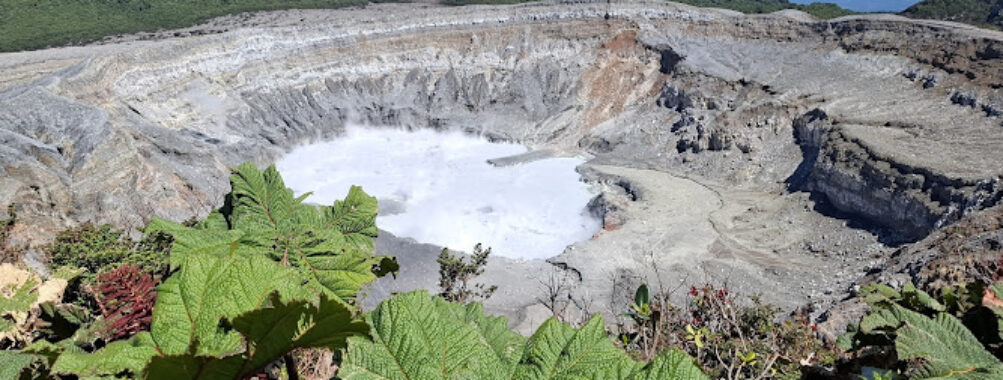
Parque Nacional Volcán Poás
Description
Standing proudly as one of Costa Rica’s most spectacular natural wonders, Parque Nacional Volcán Poás showcases the raw power and beauty of one of the world’s largest craters. I’ve visited countless volcanoes across Central America, but there’s something uniquely captivating about peering into this massive crater – it seriously takes your breath away! The main crater stretches an impressive 1.6 kilometers across and plunges 300 meters deep, often treating visitors to an otherworldly display of steaming fumaroles and that striking turquoise crater lake.
Key Features
• The enormous main crater with its mind-blowing acid lake
• Secondary Botos crater featuring a cold-water lagoon surrounded by cloud forest
• Well-maintained walking trails through stunning highland forest ecosystems
• Modern visitor center with interactive exhibits and a coffee shop
• Wheelchair-accessible observation platforms
• Rich biodiversity including unique high-altitude plant species
• Multiple scenic viewpoints perfect for photography
• Scientific monitoring station tracking volcanic activity
Best Time to Visit
Look, I’ll be straight with you – visiting Poás is a bit of a gamble with the weather, but that’s part of the adventure! Early morning visits (between 7-10 AM) typically offer the clearest views before clouds roll in. The dry season from December to April usually provides better visibility, but don’t let the wet season stop you. Sometimes those post-rain moments create the most dramatic views as steam rises from the crater. I once arrived at 8 AM on a seemingly cloudy day, and within 15 minutes, the clouds parted to reveal the most spectacular crater view I’d ever seen.
How to Get There
Getting to Poás is actually pretty straightforward. From San José, you’ll want to head through Alajuela and follow the well-marked signs. The drive takes about 1.5 hours, winding through gorgeous coffee plantations and strawberry farms. If you’re not comfortable driving in Costa Rica (totally get it!), plenty of tour operators run daily trips from San José and surrounding areas. Public buses also run from Alajuela to the park entrance, though they require a bit more planning and patience.
Tips for Visiting
Okay, here’s where my multiple visits really come in handy – there are some things I wish someone had told me before my first trip! First off, dress in layers. The altitude means it can be surprisingly chilly up there, especially in the morning. Bring a light jacket even if you’re sweating down in San José.
Make sure to book your entry ticket online before showing up – they’re strict about this and operate on a timed-entry system. Each group gets about 40 minutes at the crater viewpoint, which honestly is plenty of time for photos and soaking in the view.
Watch the weather forecast, but don’t let a little cloud cover discourage you. The crater has this mysterious way of revealing itself when you least expect it. Pack water and snacks, though there’s a small café on-site. And don’t forget your camera – the lighting can be tricky with all the steam, so maybe take a few practice shots when you first arrive.
If you’re into hiking, give yourself extra time to explore the Botos trail – it’s often overlooked but absolutely worth it. The secondary crater lake surrounded by cloud forest is a totally different experience from the main crater. Oh, and bring cash for the entrance fee if your card doesn’t work – it happens!
One last thing – the altitude here is no joke (2,708 meters above sea level). Take it easy, especially if you’ve just flown in. I learned this the hard way on my first visit when I practically sprinted up to the viewpoint… bad idea! Walk slowly, stay hydrated, and give yourself time to adjust. Trust me, seeing this incredible force of nature is worth taking it slow and doing it right.
Table of Contents
Location
Places to Stay Near Parque Nacional Volcán Poás
Find and Book a Tour
Explore More Travel Guides
No reviews found! Be the first to review!